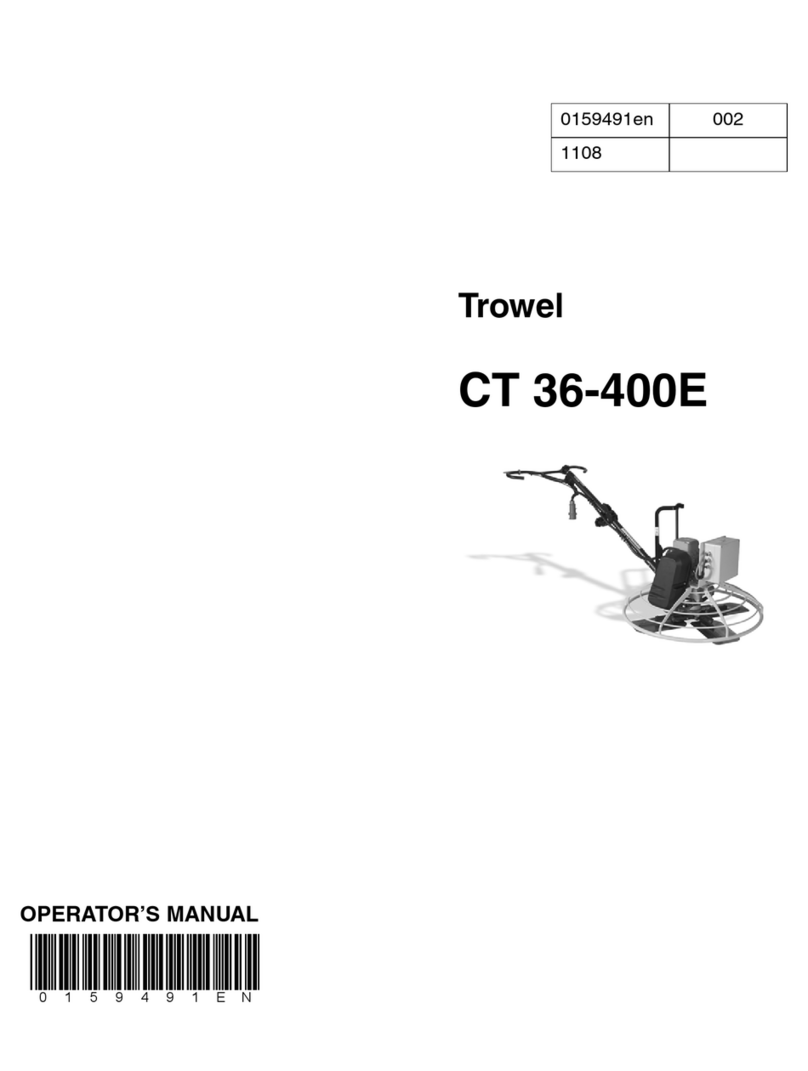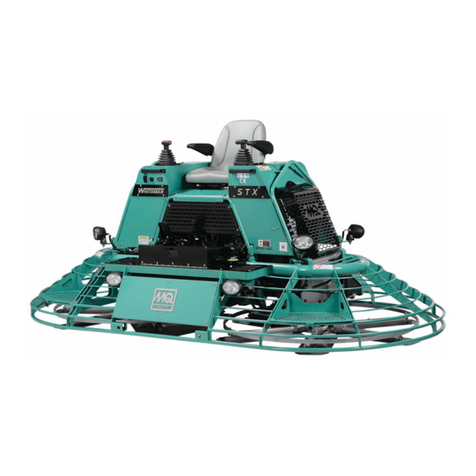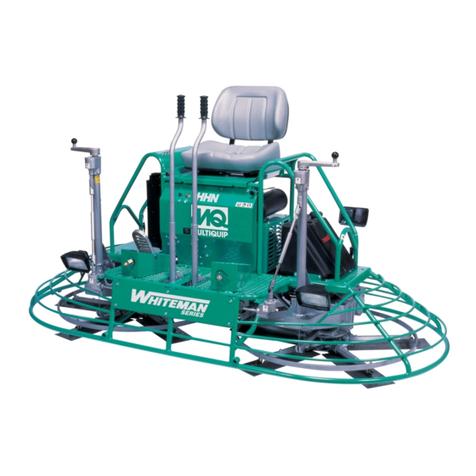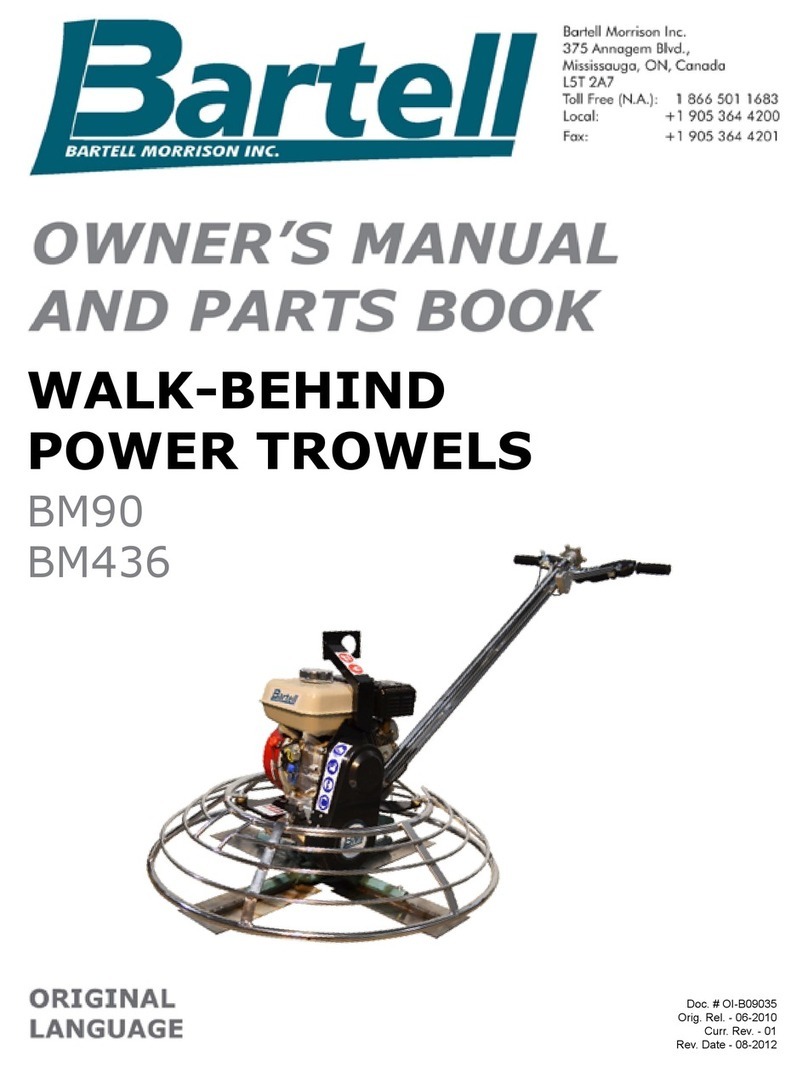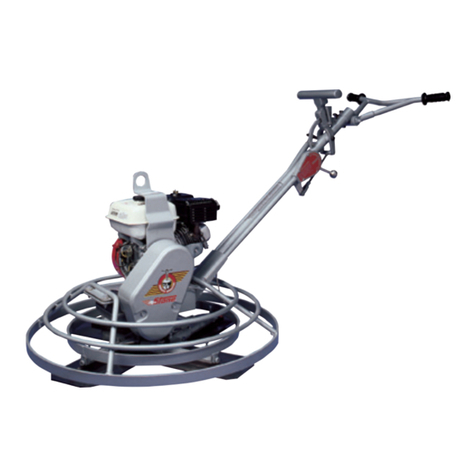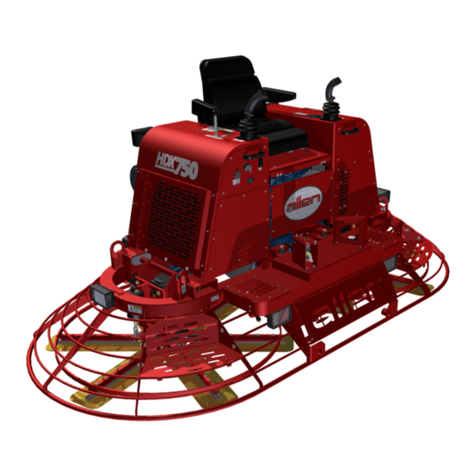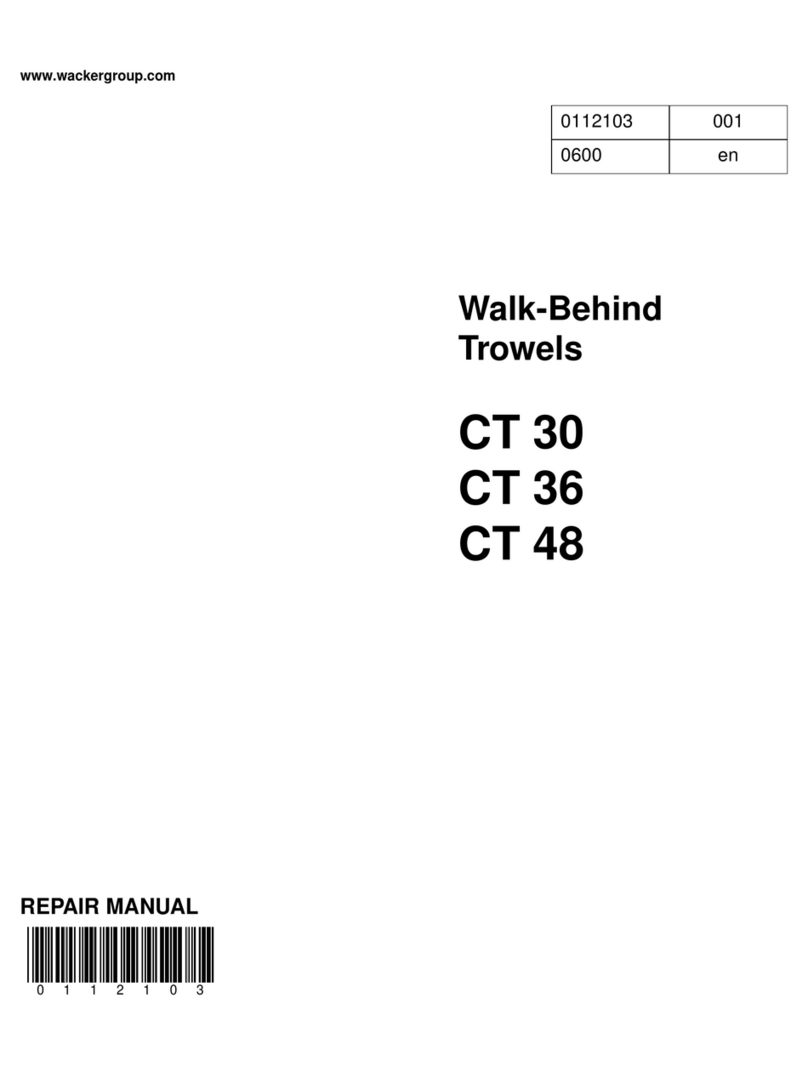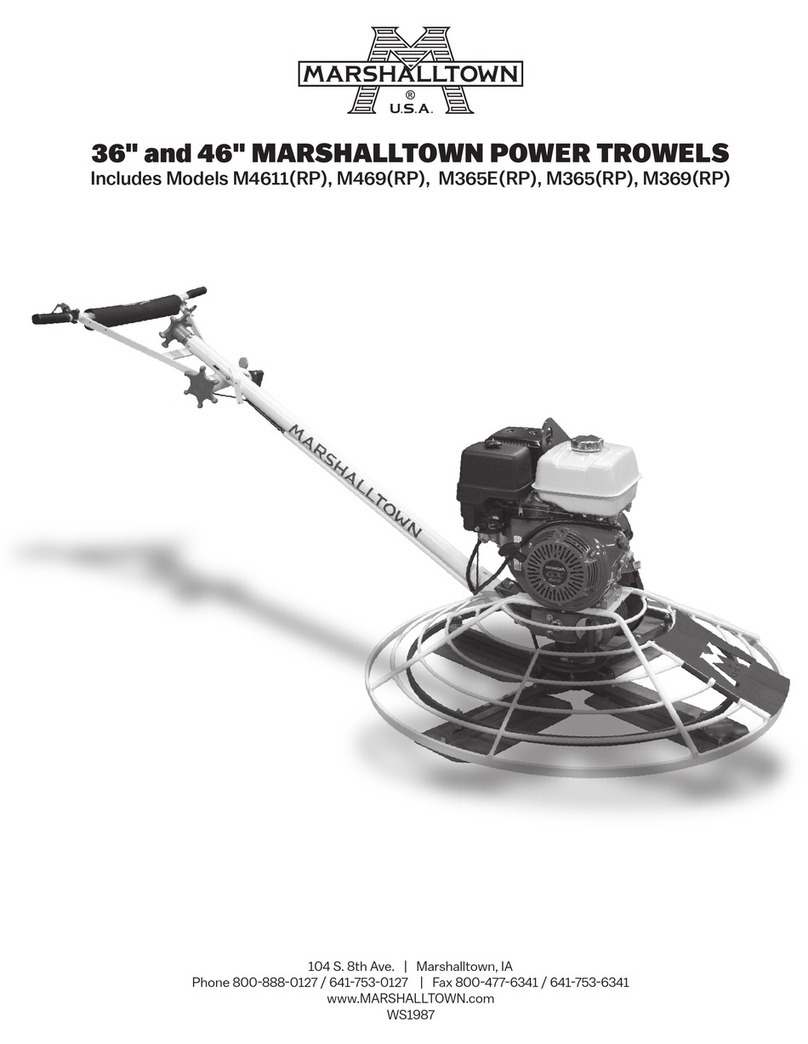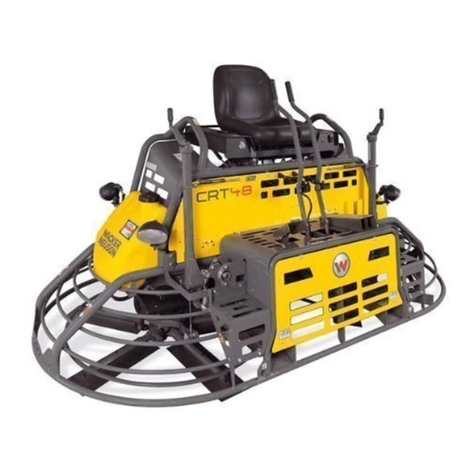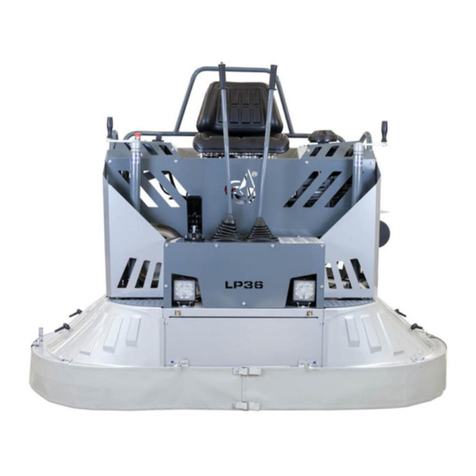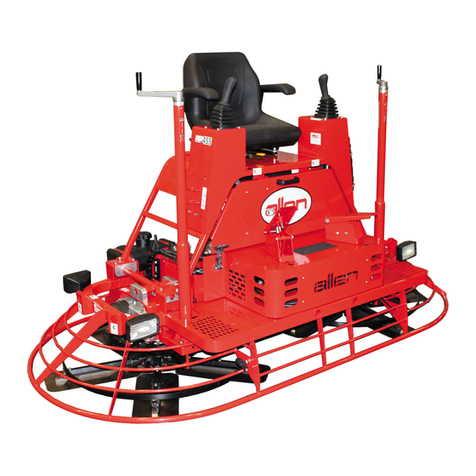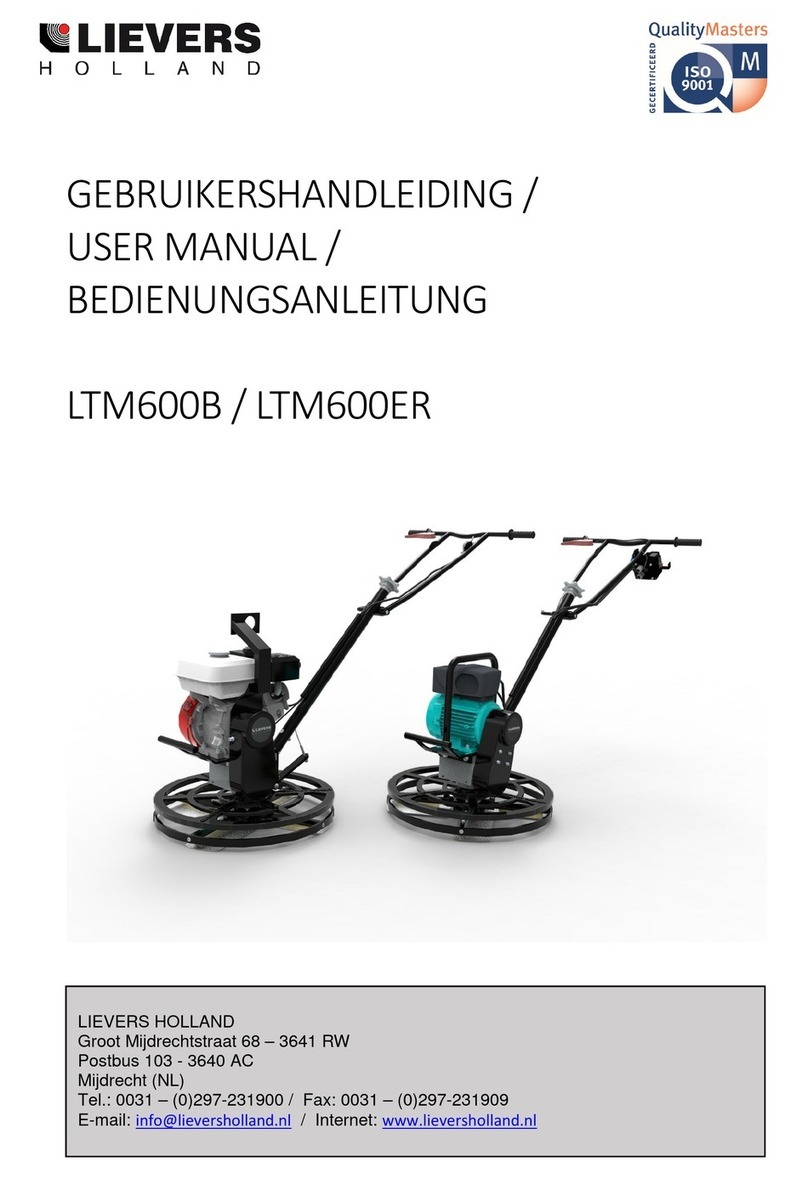
2
Managing Director - On behalf of BELLE GROUP (SHEEN) UK.
Le Directeur Général - Pour le compte de la SOCIETE BELLE GROUP (SHEEN) UK.
Director Gerente - En nombre de BELLE GROUP (SHEEN) UK.
Director-Geral - Em nome de BELLE GROUP (SHEEN) UK.
Algemeen Directeur - Namens BELLE GROUP (SHEEN) UK.
Administrerende direktør – På vegne af BELLE GROUP (SHEEN) UK.
PRODUCT TYPE................. TYPE DE PRODUIT.............. TIPO DE PRODUCTO..........
MODEL................................. MODELE............................... MODELO..............................
SERIAL No........................... N° DE SERIE........................ N° DE SERIE........................
DATE OF MANUFACTURE. DATE DE FABRICATION ..... FECHADE FABRICACIÓN..
SOUND POWER LEVEL NIVEAU DE PUISSANCE NIVEL DE POTENCIA
MEASURED / SONORE MESUREE / ACÚSTICA MEDIDO /
....................(GUARANTEED) ............................(GARANTIE) ..................(GARANTIZADO)
WEIGHT............................... POIDS................................... PESO....................................
We, Belle Group Sheen UK, Sheen, Nr. Buxton, Derbyshire, SK17 0EU, GB, hereby certify that if the product described within this certificate is bought from an
authorised Belle Group dealer within the EEC, it conforms to the following EEC directives: 2006/42/CE (This directive replaces directive 98/37/EC), Electromagnetic
Compatibility Directive 2004/108/CE (as amended by 89/336/EEC, 92/31/EEC & 93/68 EEC). The Waste Electrical and Electronic Equipment (WEEE) 2002/96/CE, the
low voltage directive 2006/95/CE, BS EN ISO 12100-1:2003 Safety of machinery and associated harmonised standards, where applicable.
Noise Technical files are held by Ray Neilson at the Belle group Head Office address which is stated above.
Nous soussignés, Belle Group Sheen UK, Sheen, Nr Buxton, Derbyshire, SK17 0EU, GB, certifions que si le produit décrit dans ce certificat est acheté chez un
distributeur autorisé Belle Group au sein de la CEE, il est conforme aux normes CEE ci-après: 2006/42/CE (Cette norme remplace la norme 98/37/CE), Norme
compatible pour l'électromagnisme 2004/108/CE (modifié par 89/336/EEC, 92/31/EEC & 93/68 EEC). Les déchets électriques, et d’équipement électronique 2002/96/CE,
caractéristiques basse tension 2006/95/CE, BS EN ISO 12100-1:2003 Norme de sécurité des machines et des critères associés et configurés, si applicable.
Bruit des fichiers techniques sont détenues par Ray Neilson à l'adresse du groupe Belle Siège qui est indiqué ci-dessus.
La Sociedad, Belle Group Sheen UK, Sheen, Nr. Buxton, Derbyshire, SK 17 OEU, GB, por el presente documento certifica que si el producto descrito en este
certificado es comprado a un distribuidor autorizado de Belle Group en la CEE, este es conforme a las siguientes directivas: 2006/42/CE de la CEE (Esta directiva
sustituye a la Directiva 98/37/CE), Directiva 2004/108/CE sobre Compatibilidad Electromagnética (según enmiendas 89/336/EEC, 92/31/EEC & 93/68 EEC). Los
residuos eléctricos y electrónicos (RAEE) 2002/96/CE, Directiva sobre Bajo Voltaje 2006/95/CE, BS EN ISO 12100-1:2003 de Seguridad de Maquinaria y Niveles
armonizados estándares asociados donde sean aplicables.
Archivos de ruido técnicos están en manos de Ray Neilson en la dirección del grupo Belle Sede de la que se ha dicho.
O signatário, Belle Group Sheen UK, Sheen, Nr Buxton, Derbyshire, SK 0EU, GB, pelo presente, declara que se o produto descrito neste certificado foi adquirido a
um distribuidor autorizado do Belle Group em qualquer país da UE, está em conformidade com o estabelecido nas seguintes directivas comunitárias: 2006/42/CE (Esta
directiva substitui a Directiva 98/37/EC), Directiva de Compatibilidade Electromagnética 2004/108/CE (conforme corrigido pelas 89/336/EEC, 92/31/EEC & 93/68 EEC).
O Eléctrico de Desperdício e Equipamento Electrónico (DEEE) 2002/96/CE, a directiva de baixa voltagem 2006/95/CE, BS EN ISO 12100-1:2003 Segurança da
maquinaria e às normas harmonizadas afins se aplicáveis.
Arquivos de ruído técnicos são detidos por Ray Neilson no endereço Escritório Belle grupo Cabeça que é dito acima.
Ondergetekende, Belle Group Sheen UK, Sheen, Nr. Buxton, Derbyshire, SK17 OEU, GB, verklaren hierbij dat als het product zoals beschreven in dit certificaat is
gekocht van een erkende Belle Group dealer binnen de EEG, het voldoet aan de volgende EEG richtlijnen: 2006/42/CE (Deze richtlijn vervangt Richtlijn 98/37/EC),
Electromagnetische Compatability Richtlijn 2004/108/CE (geamendeerd door 89/336/EEC, 92/31/EEC & 93/68 EEC). De afgedankte elektrische en elektronische
apparatuur (AEEA) 2002/96/CE, de Laagspannings Richtlijn 2006/95/CE, BS EN ISO 12100-1:2003 Veiligheid van Machines en hieraan gekoppelde geharmoniseerde
Standaarden, waar deze van toepassing is.
Lawaai Technische dossiers zijn in handen van Ray Neilson op de Belle groep hoofdkantoor adres, dat staat boven
Vi, Belle Group Sheen UK, Sheen, Nr. Buxton, Derbyshire, SK17 0EU, GB, erklærer hermed, at hvis det i dette certifikat beskrevne produkt er købt hos en autoriseret
Belle Group forhandler i EU, er det i overensstemmelse med følgende EØF-direktiver: 2006/42/CE (Dette direktiv erstatter direktiv 98/37/EF), 2004/108/EØF (som ændret
ved 89/336/EEC, 92/31/EØF & 93/68 EØF), Affald af elektrisk og elektronisk udstyr (WEEE) 2002/96/CE, og tilknyttede, harmoniserede standarder, hvor relevant.
Støjniveauet er i overensstemmelse med direktiv 2006/95/CE, BS EN ISO 12100-1:2003.
Støj Tekniske filer er i besiddelse af Ray Neilson på Belle-gruppen hovedkontoret adresse, som er nævnt ovenfor.
EC DECLARATION OF CONFORMITY / DECLARATION CE DE CONFORMITE / DECLARACIÓN
DE CONFORMIDAD CE / DECLARAÇÃO CE DE CONFORMIDADE / EG-VERKLARING
VAN OVEREENSTEMMING / EF OVERENSSTEMMELSESERKLÆRING
Ray Neilson
TIPO DE PRODUCTO.......... PRODUCTTYPE................... PRODUKTTYPE...................
MODELO.............................. MODEL................................. MODEL.................................
NO. DE SÉRIE..................... SERIENUMMER................... SERIENR..............................
DATA DE FABRIC................ FABRICAGEDATUM............ FREMSTILLINGSDATO.......
NIVEL DE POTÊNCIA GEMETEN LYDEFFEKTNIVEAU
DE SOM MEDIDO / GELUIDSSTERKTENIVEAU / MÅLT /
.......................(GARANTIDO) ...............(GEGARANDEERD)
.....................(GARANTERET)
PESO.................................... GEWICHT............................. VÆGT...................................
GB
F
E
P
NL
DK
Signed by:
Signature:
Medido por:
Assinado por:
Getekend door:
Uunderskrevetaf:
Place of Declaration - Sheen, Nr. Buxton, Derbyshire, SK17 0EU, UK Date of Declaration - 2009...........................................................................
Lieu de déclaration - Sheen, Nr. Buxton, Derbyshire, SK17 0EU, UK Date de déclaration - 2009...........................................................................
Declaración hecha en - Sheen, Nr. Buxton, Derbyshire, SK17 0EU, UK Fecha de la declarachón - 2009..................................................................
Lugar de Declaração - Sheen, Nr. Buxton, Derbyshire, SK17 0EU, UK Data da Declaração - 2009...........................................................................
Plaats van de Verklaring - Sheen, Nr. Buxton, Derbyshire, SK17 0EU, UK Datum van de verklaring - 2009..................................................................
Sted i erklæring - Sheen, Nr. Buxton, Derbyshire, SK17 0EU, UK Dato for erklæringen - 2009.........................................................................
